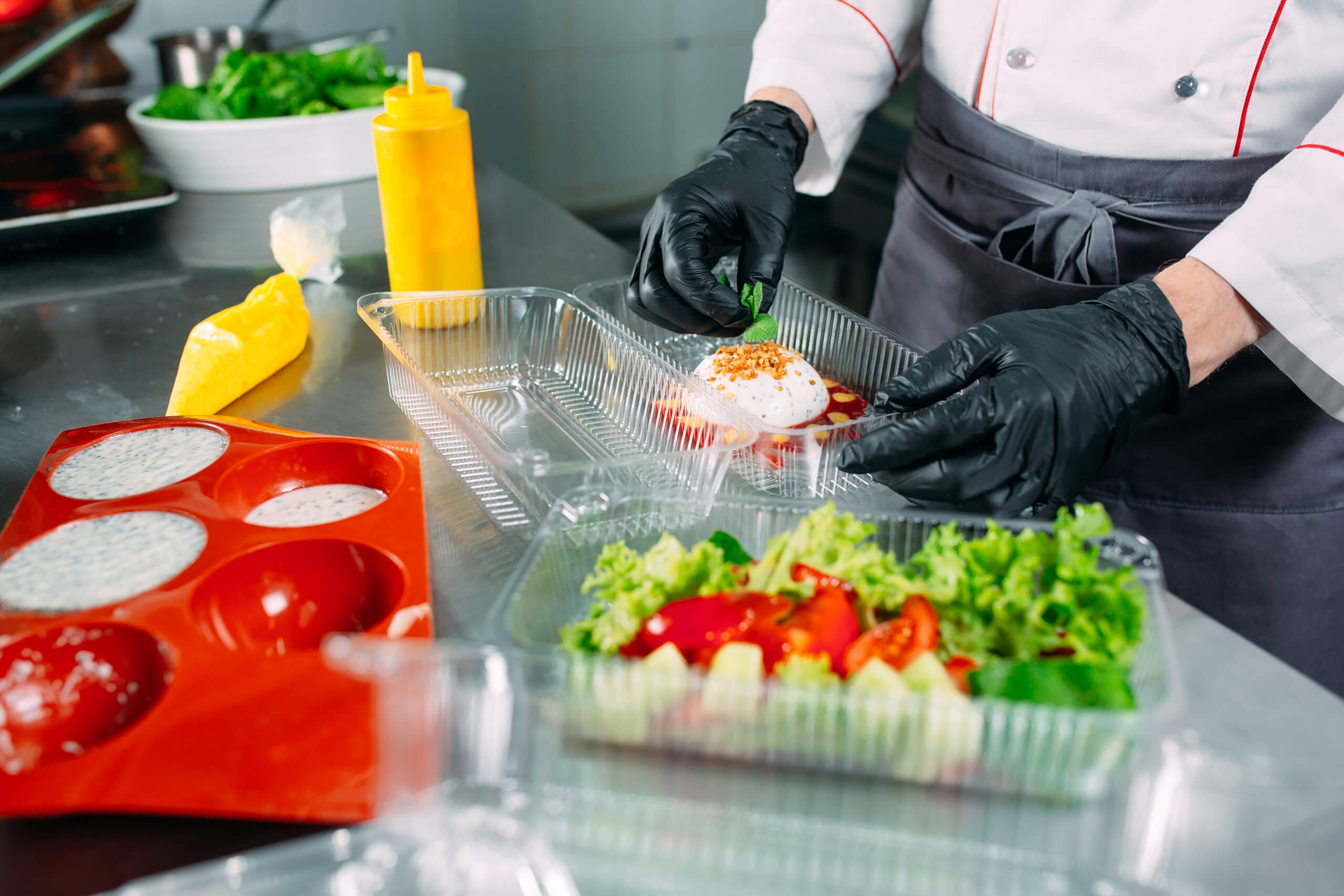
Throughout 2020, an estimated 17 percent of restaurants closed permanently in the United States. Statistics from the National Restaurant Association show more than 2.5 million restaurant jobs were lost in the same period. Social distancing guidelines, and even full closures of dine-in service, forced restaurants to find innovative solutions that provided more safety, convenience, and affordability. Plastics became invaluable to restaurants, helping to keep patrons safe with single-use utensils and food ware while supporting restaurants’ pivot to takeout sales.
Lower customer demand and smaller revenues have forced many restaurants to reduce expenses to stay in business. As restaurants looked to more affordable ways to serve customers, durable plastics goods, packaging, and utensils offered many advantages. The versatility allowed restaurants to offer more takeout meals and maintain the trust and loyalty of anxious consumers prioritizing their personal safety. Savings from using plastics compared to the alternatives are material to the cost of doing business since utensils and packaging can make up a significant portion of the total cost.
As takeout and delivery increased due to health guidelines. In the first half of 2020, online food orders rose 25 percent, with customers ordering online more frequently. Eighty-four percent of all patrons are prioritizing safe packaging. Guidelines from the Centers for Disease Control and Prevention (CDC) recommend avoiding using or sharing reusable items and prioritizing disposable ones like plastic utensils to prevent virus transmission. As restaurants begin to return to in-person dining, plastics have taken on an even greater role as the primary material for barriers to protect staff and patrons.
Biodegradable food ware products “can decay in the environment without causing harm.” While not a replacement for plastics in most applications, owing to the limitations of the materials used, these products offer more flexibility to business and consumers looking to implement composting and sustainability in their business. Plastics continue to be one of the best options, however, for safe and sustainable packaging. Like all materials, biodegradables require proper disposal to be effective at reducing waste, and at present less than 200 of the 4,000 composting facilities in the United States can process biodegradables with post-consumer food waste. Efforts to ban plastic and switch to biodegradables ignore the progress underway to promote advanced recycling and responsible plastic use. Plastics remains a product of choice for businesses and consumers for good reason. Consumers need choice – now, more than ever.
As more restaurants have used plastics to keep customers safe and reduce expenses, the restaurant industry is doing more to prevent waste. Research by the National Restaurants Association shows a growing increase in the number of customers who are interested in ecofriendly food and packaging, and more restaurants have incorporated sustainability into their business operations. Efforts like the Recycling Leadership Council and their recently released Blueprint for America’s Recycling System demonstrate the restaurant industry’s commitment to ending plastic waste and encouraging responsible use, reuse, and disposal.